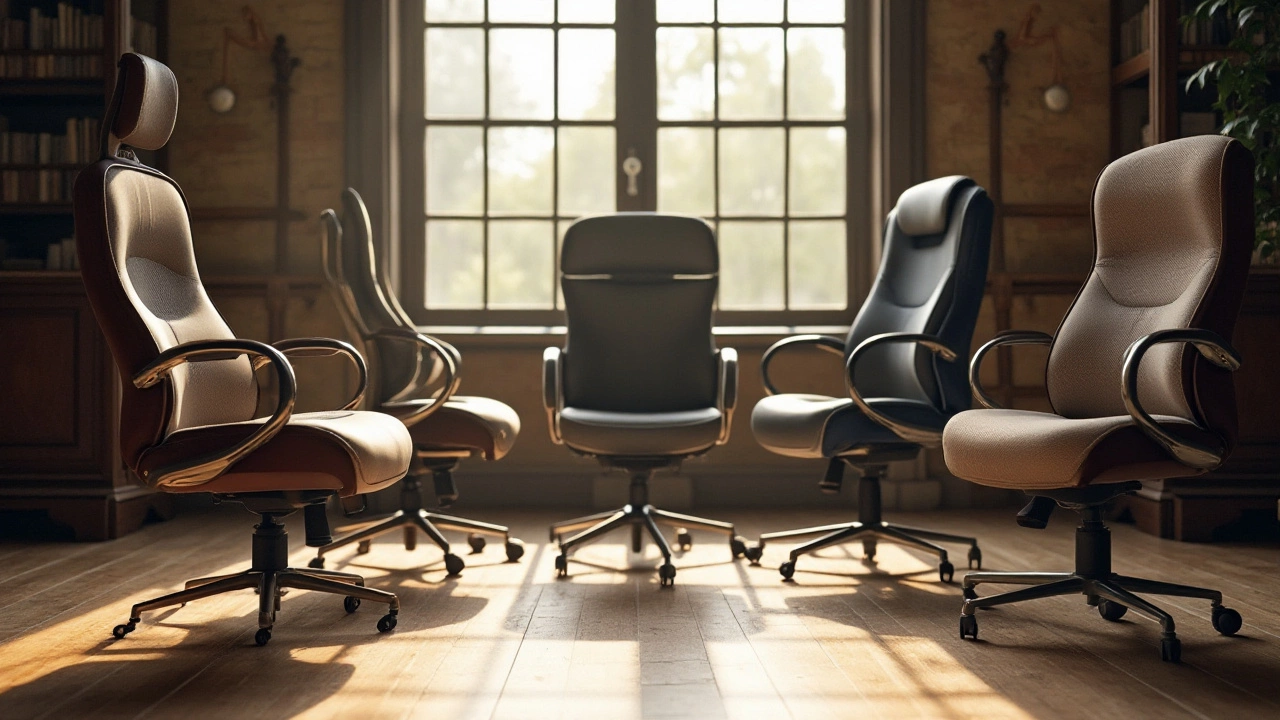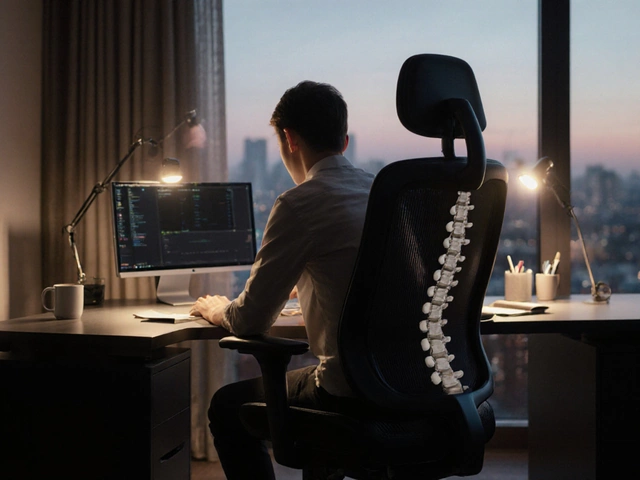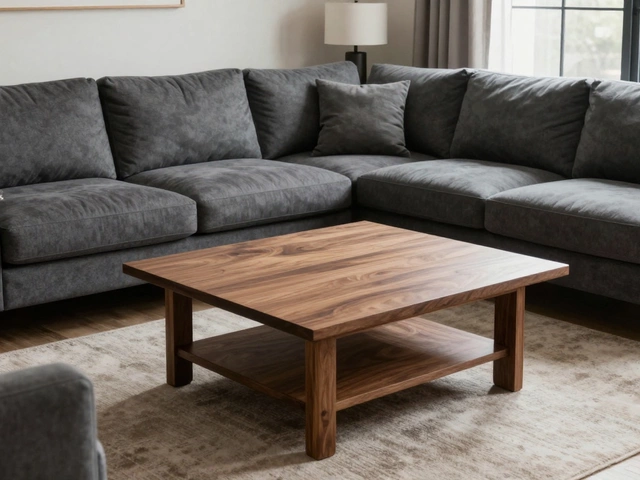
Mid-Back vs High-Back Chair: Which Office Chair Is Best for You?
Not sure whether a mid-back or high-back chair suits your needs? Discover the differences, ergonomics, and best uses to choose the perfect office chair.

Is It OK to Sit on a Chair All Day? Your Office Chair Habits Examined
Sitting all day on an office chair might seem harmless, but it can mess with your health in sneaky ways. This article breaks down what happens to your body when you barely move, why your favorite chair isn't a fix-all, and what real changes you can make to feel better during long office hours. Expect practical advice, science-backed facts, and tips to shake up your regular routine. You'll also learn how small habits can help you stay active, even in a 9-to-5 grind. Get ready to rethink how you treat your desk and chair.

Choosing the Best Office Chair for Prolonged Computer Use
Sitting for long periods while working on a computer can be tough on the body, making the choice of office chair crucial for comfort and health. From ergonomic design to materials used, various factors contribute to finding the perfect chair that supports long hours of productivity. This article provides insights into the best options available, key features to look out for, and tips to enhance your seating experience. Whether you prioritize lumbar support or breathability, we've got you covered.




